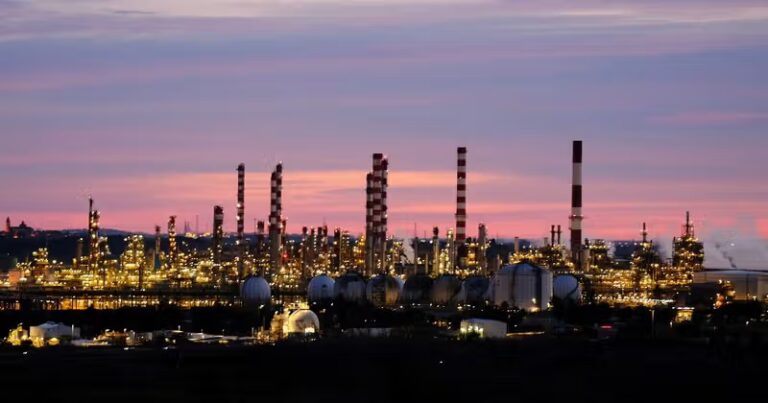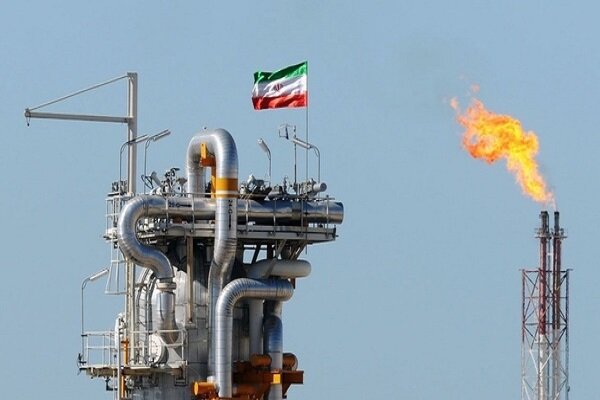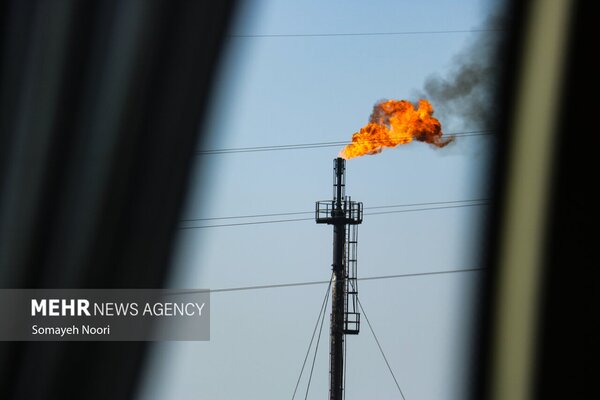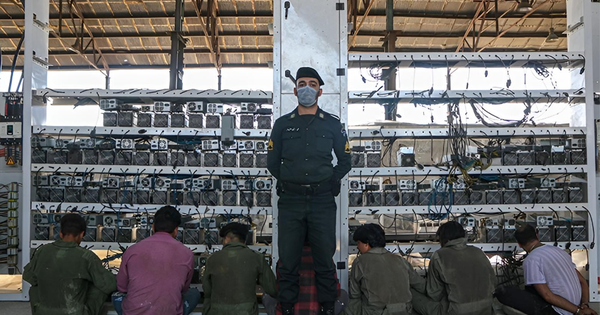
Similar Posts

Unlocking Opportunity: Could a New U.S. Deal Open Doors for American Investors in Iran?
Iran is expressing openness to American investment, contingent on a nuclear agreement, but experts warn that significant foreign investment, including from the U.S., is overly optimistic. Ferial Mostofi from the Tehran Chamber of Commerce describes a proposed $1 trillion investment as a “dream.” Challenges such as domestic capital flight, inadequate infrastructure, and political risks hinder foreign investments. Despite recent reassurances from Iranian leaders about the potential for U.S. investment, substantial barriers remain, including the need for sanctions relief. Iran’s foreign direct investment remains low, at just $1.4 billion in 2023, underscoring the complexities of attracting foreign capital.

South Pars Gas Extraction Soars to 716 mcm Daily: NIOC Reports Record Production Levels
The National Iranian Oil Company (NIOC) announced a record daily extraction of 716 million cubic meters from the South Pars gas field on February 13, 2024. This milestone highlights NIOC’s commitment to maximizing the potential of one of the world’s largest gas fields, crucial for Iran’s energy sector and economy. The achievement reflects advanced extraction technologies and emphasizes South Pars’ strategic importance for domestic energy needs and exports. As NIOC aims to increase production and address challenges like international sanctions, its efforts are vital for Iran’s energy security and economic stability, positioning the country as a key player in the global energy market.

Iran Launches Gas Production from First Infill Well at South Pars: A Major Energy Milestone
Touraj Dehghani, CEO of Pars Oil & Gas Company, announced the launch of a new well in Phase 12 of the South Pars gas field, aimed at boosting Iran’s gas production. This well will add 2 million cubic meters (mcm) of gas daily, part of a plan for 35 infill wells to increase efficiency. With two additional drilling rigs deployed, total output is expected to rise by 36 mcm per day, up from the current 716 mcm. The Iranian government has contracted four domestic firms for pressure-boosting projects worth $17 billion, reinforcing its commitment to enhancing energy infrastructure amid rising demands.

US Oil Imports from Iraq Plummet: EIA Reports Weekly Decline
Recent data from the US Energy Information Administration (EIA) indicates a significant decline in US crude oil imports from Iraq, dropping by 77,000 barrels per day. This shift reflects broader trends in the oil market, influenced by factors such as increased domestic production, OPEC+ decisions, and evolving geopolitical relationships. The overall US crude oil import landscape is fluctuating due to seasonal demand and refinery activity. This decline may signal a strategic move towards energy independence and diversification of supply sources as the US reassesses its energy policies in light of a transitioning global energy market towards renewables.

Iran’s Major Crackdown: 240,000 Cryptocurrency Mining Rigs Seized in Bold Move
Iran is grappling with electricity consumption challenges exacerbated by cryptocurrency mining, prompting authorities to seize over 240,000 mining devices in three years. These rigs reportedly consume 800 megawatts, similar to the Bushehr nuclear power plant’s output. Tavanir estimates around 700,000 illegal rigs still operate, consuming 2,000 megawatts. A projected 25,000-megawatt electricity deficit looms for the next year, representing nearly one-third of national consumption. Authorities emphasize the need for stricter regulations and collaboration with law enforcement to combat illegal operations, aiming for a balanced approach to cryptocurrency mining that ensures energy sustainability.

Iran’s Diplomatic Strategy: Beyond Nuclear Talks and Expanding Global Engagement
Abbas Golroo, head of Iran’s Parliament’s National Security and Foreign Policy Commission, recently discussed Iran’s diplomatic efforts, particularly with neighboring countries and indirect negotiations with the U.S. He emphasized the complexity of diplomacy, stating that it involves multiple fronts, including ongoing Oman negotiations. Golroo highlighted the importance of fostering regional relationships through recent diplomatic visits and signing bilateral agreements to boost trade. He expressed hope that improved ties would lead to regional growth, stability, and peace. Overall, his insights reflect a proactive approach to diplomacy aimed at enhancing Iran’s global standing and regional cooperation.